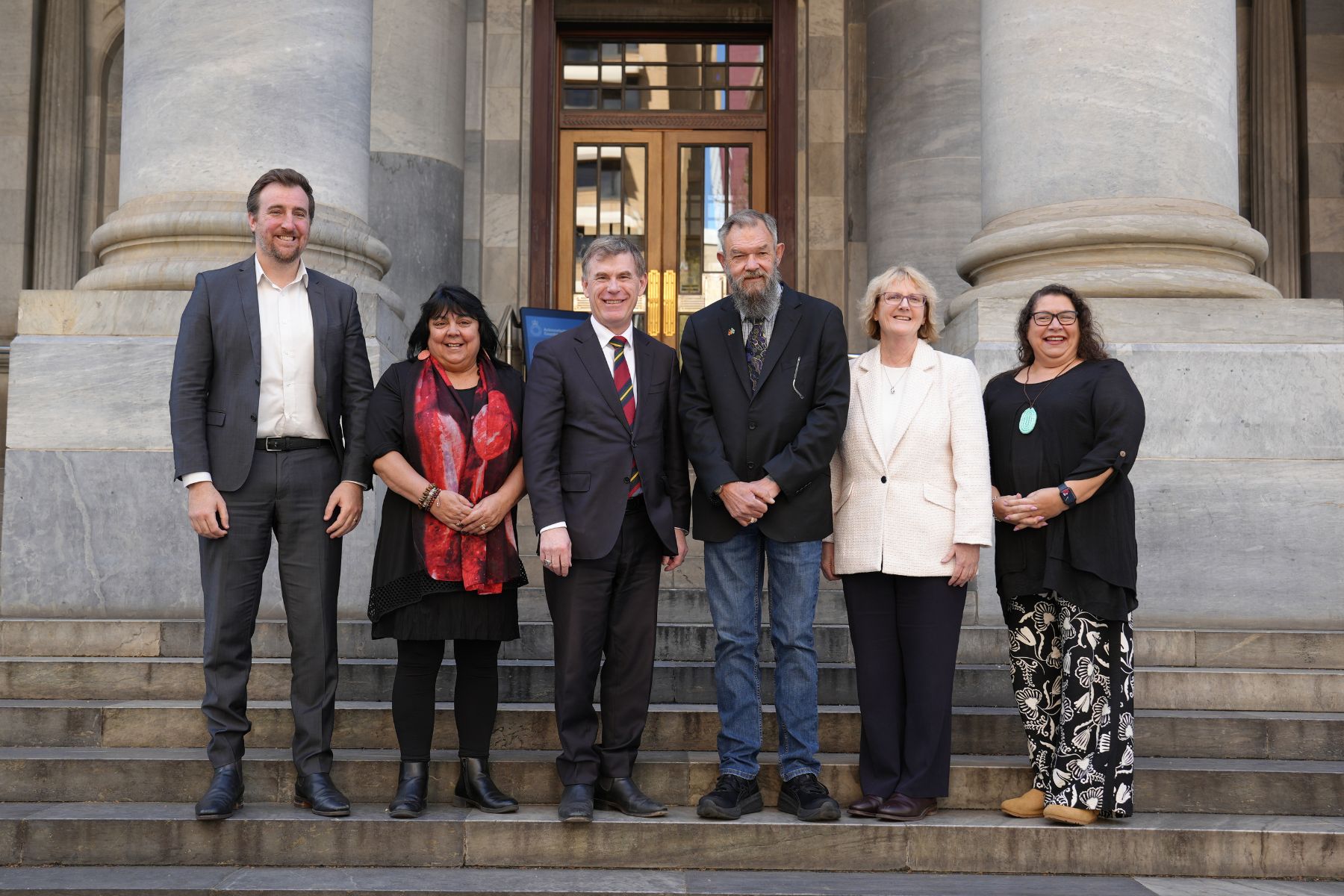Multimillion-dollar investment in long-awaited housing body
The Malinauskas government is establishing a new peak group in an SA first to tackle dire national figures showing one in five Aboriginal and Torres Strait Islander people are homeless.

The State Government has announced $2.5 million over five years would help the South Australian Aboriginal Community Controlled Organisation Network (SAACCON) establish the independent body.
It expected the body would advocate for Aboriginal housing needs and help develop an Aboriginal community-controlled housing sector that provided houses and support services such as tenant management. As of August 2025, there were about 13,530 tenants living in about 5340 Aboriginal households in tenancies managed by the SA Housing Trust.
SA Housing Trust Head of Aboriginal Housing Cheryl Axelby-Keeffe said a state peak body was first identified in the SA Aboriginal Housing Strategy 2021-2031 to champion Aboriginal-led decision making.
“Housing is more than a shelter for Aboriginal Torres Strait Islander people. It’s about connection to country, kinship and wellbeing,” she said.
Axelby-Keeffe said a housing peak body was especially important with most recent national figures from the 2021 census showing about one in five Aboriginal and Torres Strait Islander people are homeless.
“We have a great number of Aboriginal Torres, Strait Islander peoples who struggle out there in the private sector for a number of reasons, and particularly find it difficult to access private housing, so we still have a long way to go,” she said.
You might like
“That’s why I think the opportunities for Aboriginal community housing bodies into the future will reduce some of those pressures for our people.”
SA does not currently have an Aboriginal housing provider or entity like the new body, unlike other states like Victoria and New South Wales.
Housing Minister Nick Champion said establishing the organisation “will ensure Aboriginal communities are empowered to shape the housing policies and services that affect their lives”.
“We are listening to Aboriginal South Australians and backing their leadership with real investment to support meaningful, sustainable reform in the housing system,” Champion said.

SAACCON co-convenors Christine Thyer and Scott Wilson said they welcomed the investment and that the work would have positive social and economic impacts for the state.
Stay informed, daily
Thyer said the investment “reflects the trust placed in Aboriginal organisations to lead solutions that meet the real needs of our people”.
“This is a significant step towards addressing the current housing challenges being experienced by Aboriginal people across South Australia,” she said.
“The new Peak Body will have an opportunity to review and recommend actions to best manage the Aboriginal housing stock and ensure where further need for investment must be considered to maintain a strong standard of living conditions across communities.”
Aboriginal Affairs Minister Kyam Maher called it a “key initiative”.
“Establishing a peak body led by Aboriginal people to support South Australian Aboriginal communities is a key initiative to help us meet the housing Closing the Gap target and I’m pleased we have taken this meaningful action to help tackle this vital issue,” he said.
National closing the gap targets on housing focus on preventing overcrowding, with a target of 88 per cent of Aboriginal and Torres Strait Islander people living in appropriately sized houses by 2031.
According to a federal Productivity Commission report from July, this target would not be met.
At a state level, SA was improving, with 82.8 per cent of Aboriginal people living in appropriately sized housing in 2021, up from 82.5 per cent in 2016.
There was no data available to measure other housing targets about whether Aboriginal or Torres Strait Islander communities were receiving essential services that meet or exceed standards for towns.
Axelby-Keeffe said the peak body would increase the visibility of SA’s housing sector at the national level and work with the national Aboriginal Torres Strait Islander Housing Association, who work on closing the gap.
“We can also rest assured that we are also going and talking about these things in conjunction with the peak bodies into the future, which will help us better identify how we can actually meet the needs of Aboriginal Torres Strait Islander peoples,” she said.








